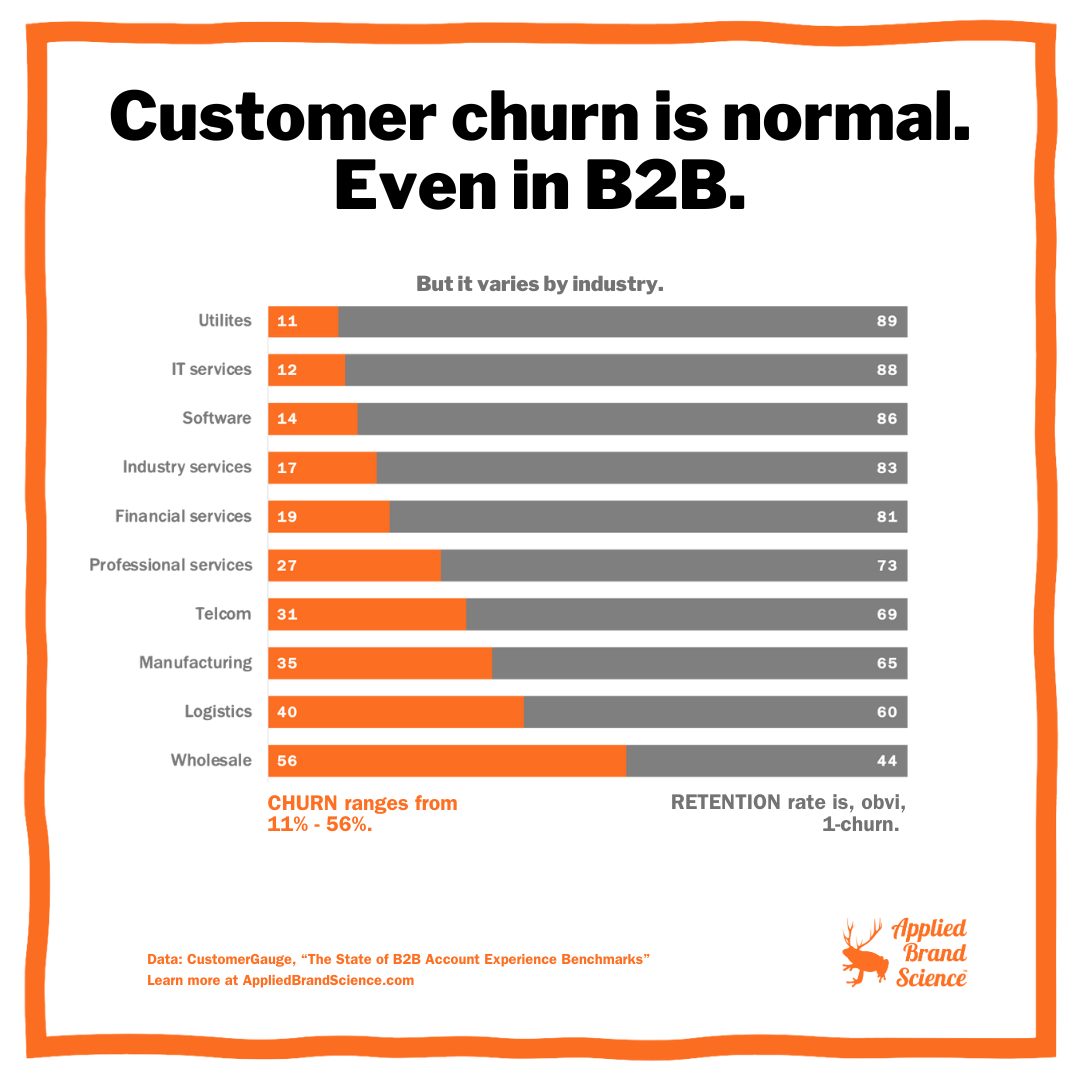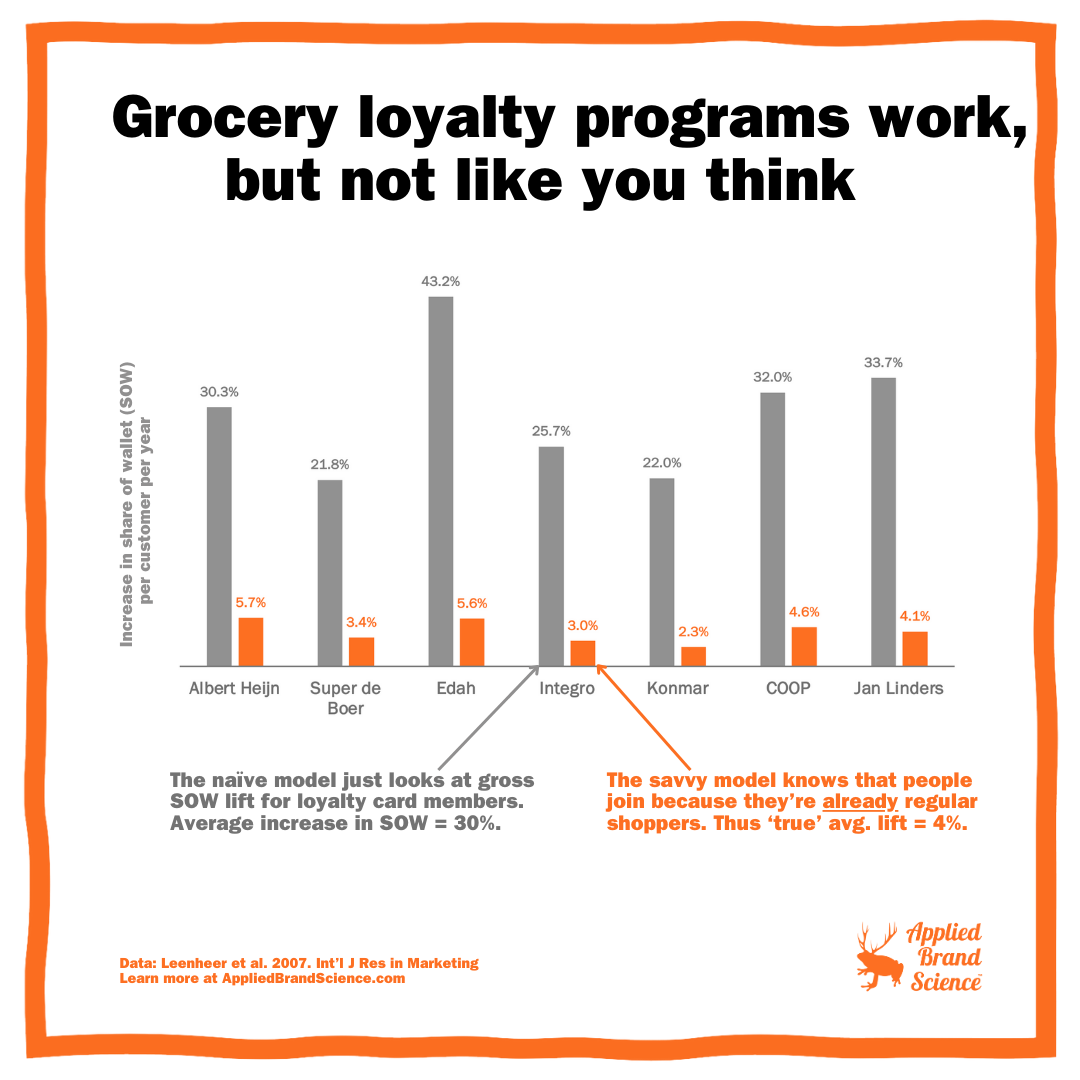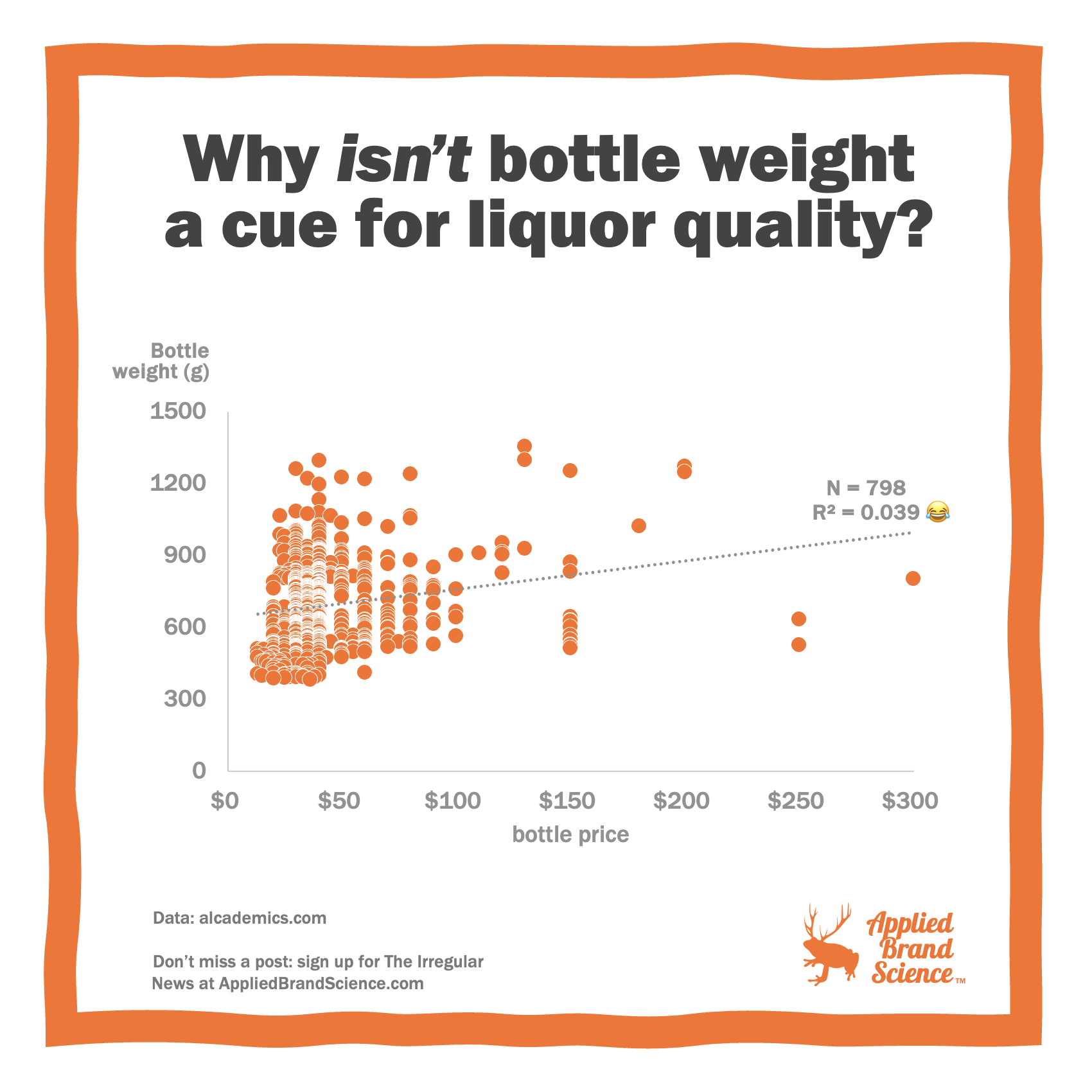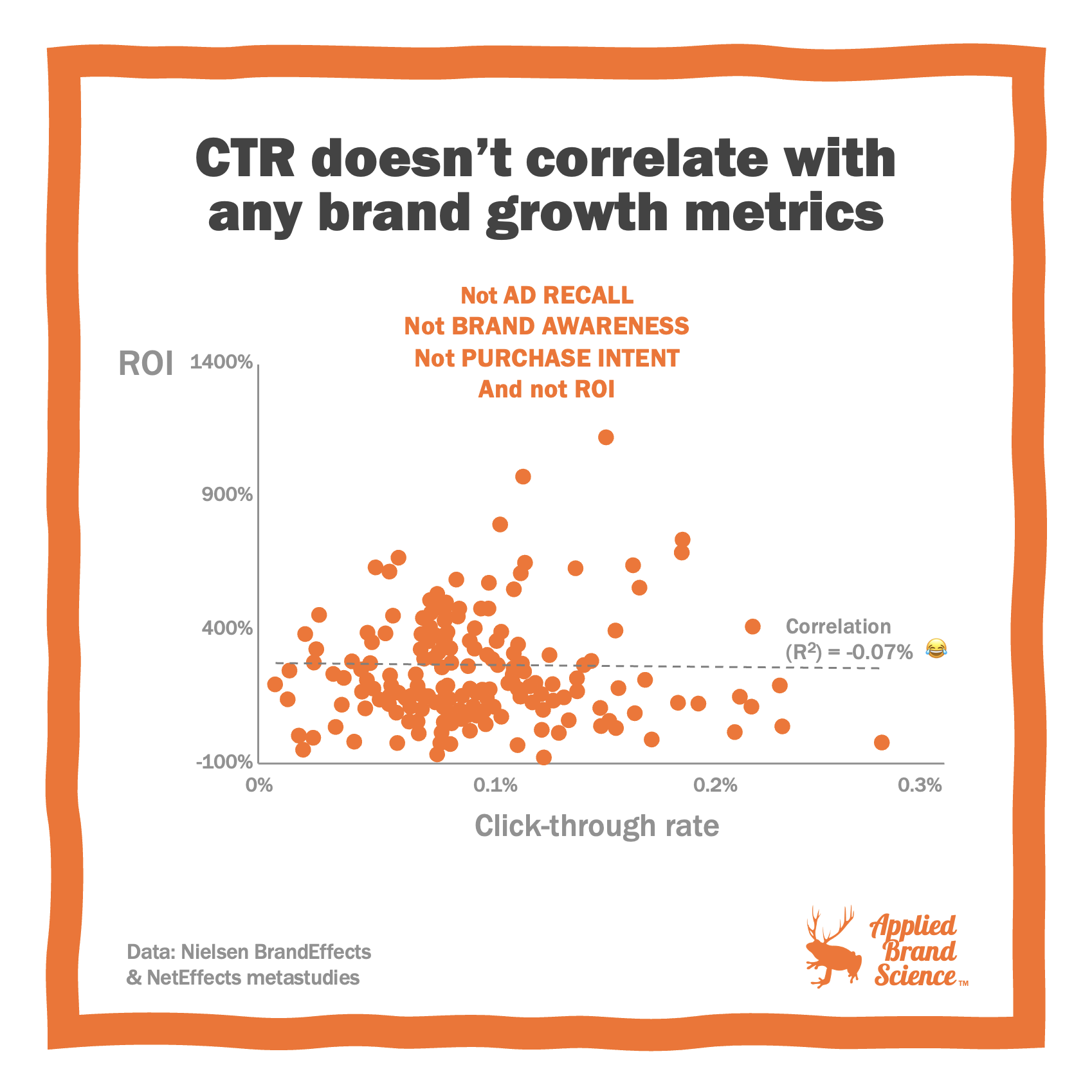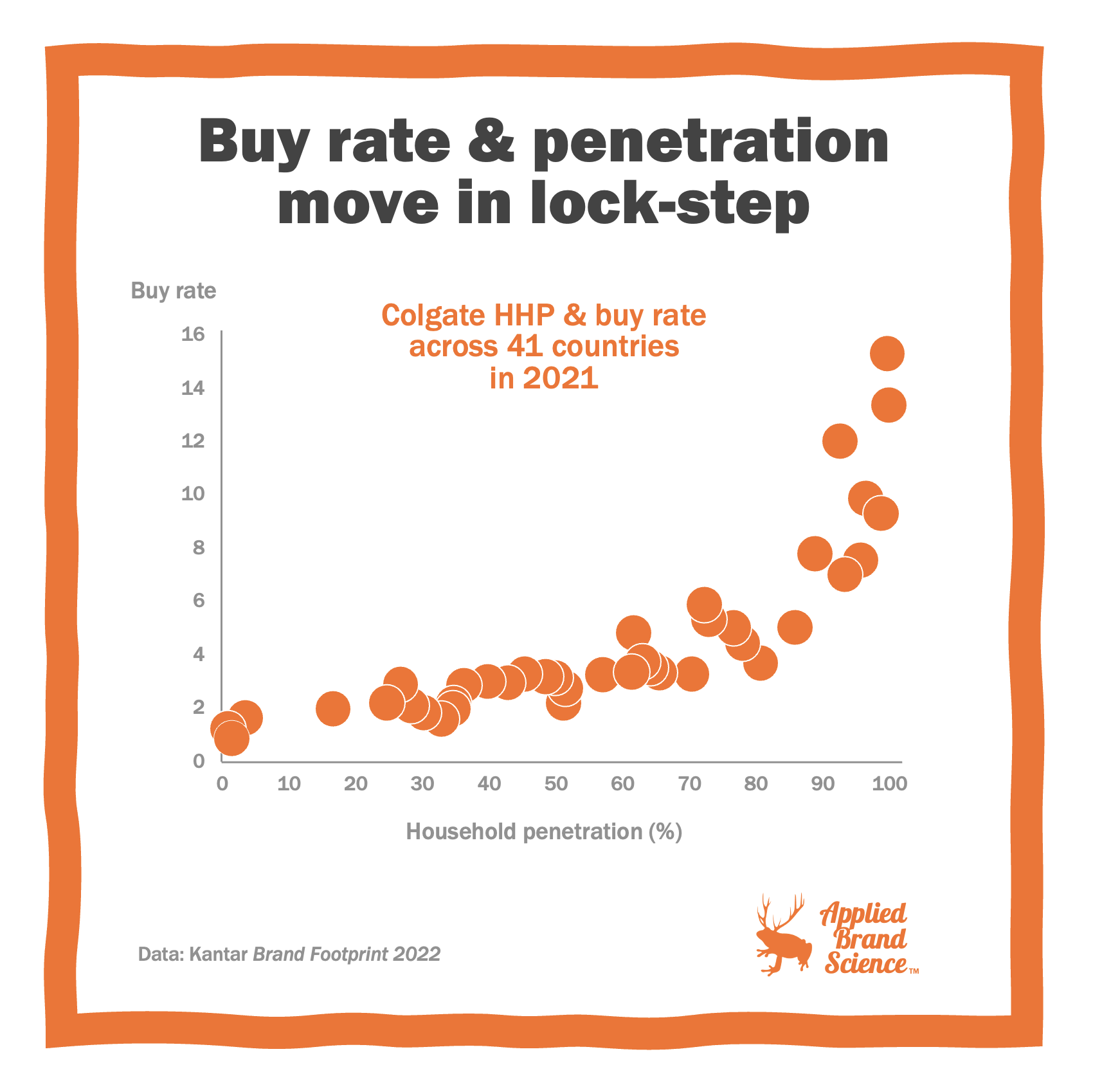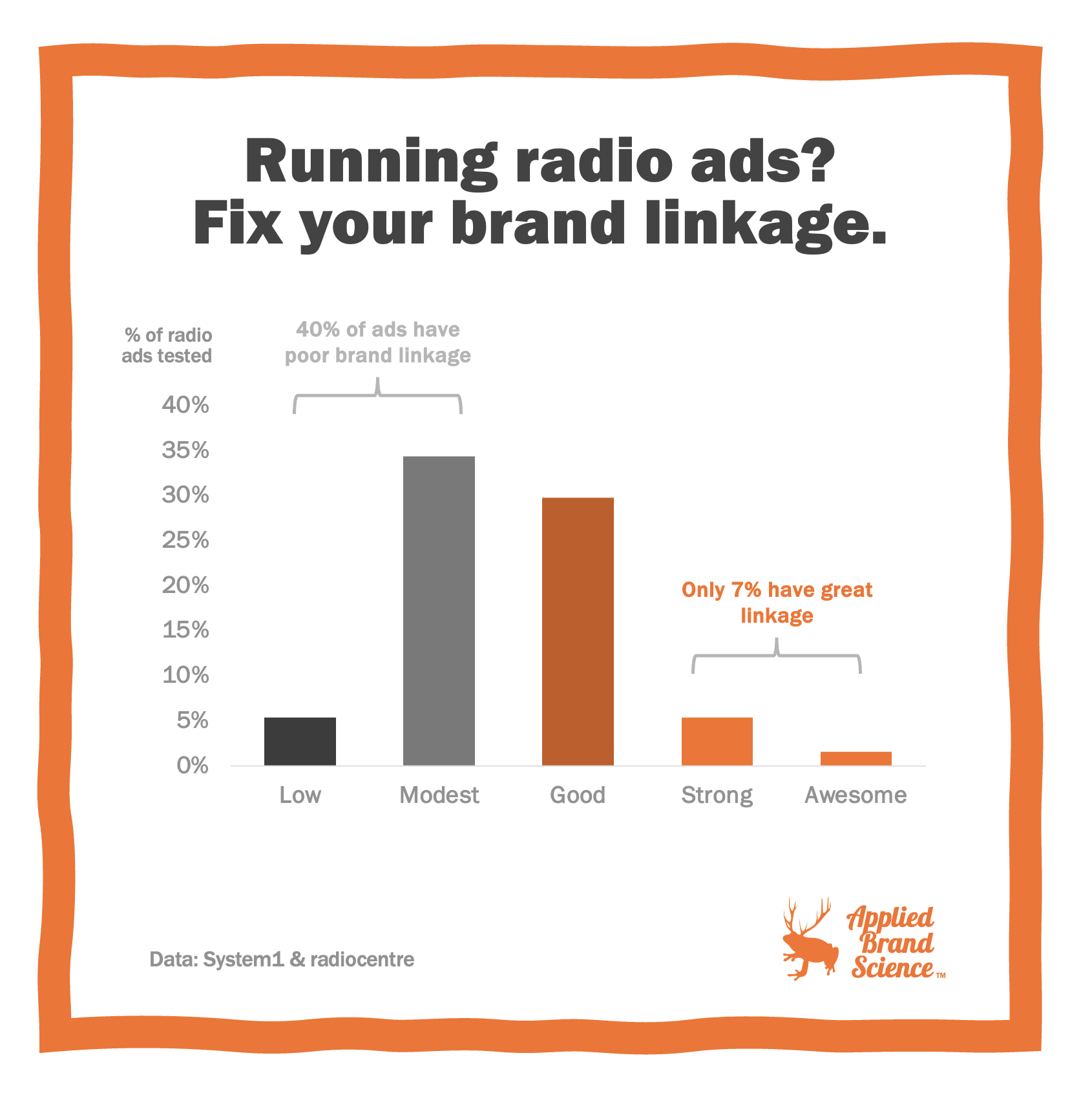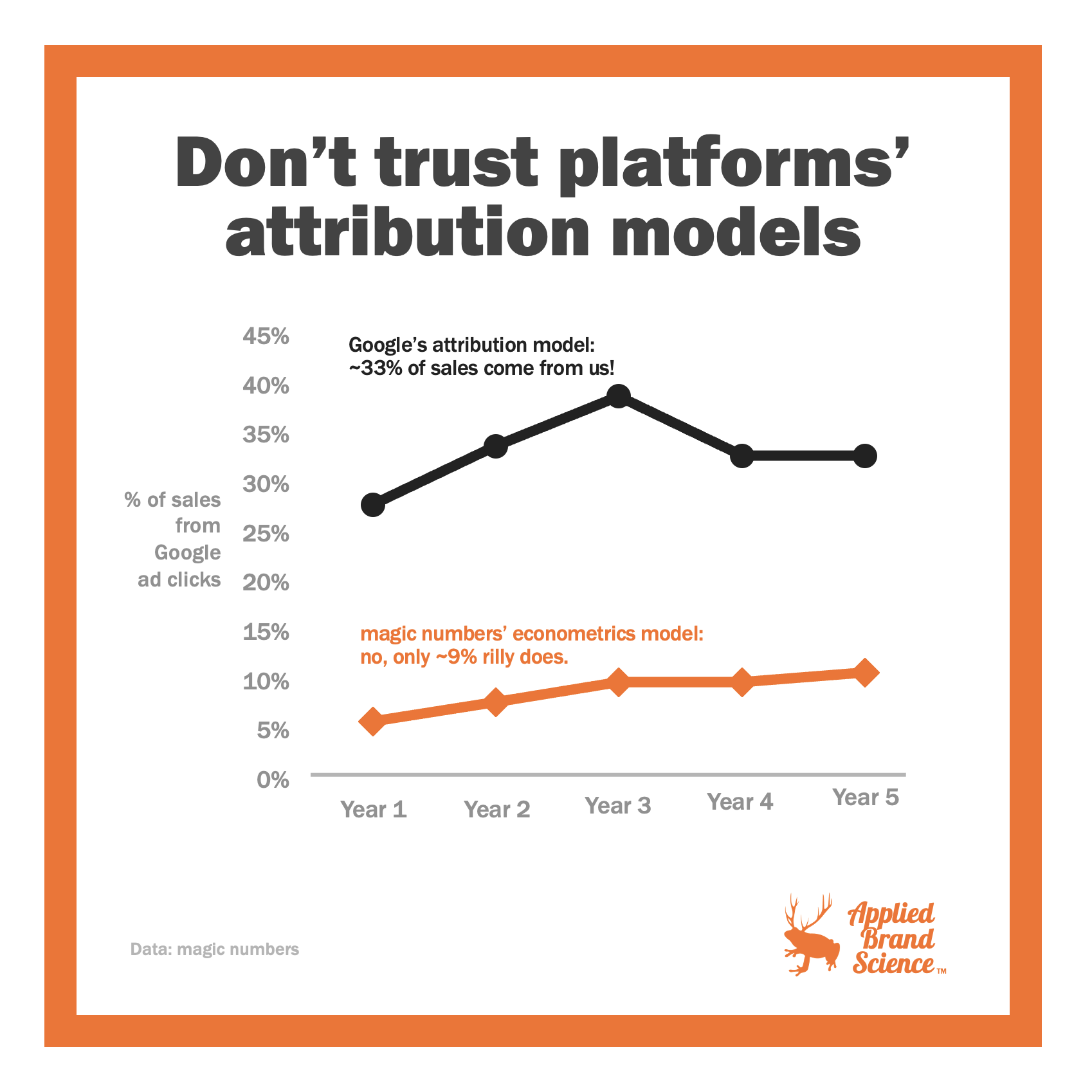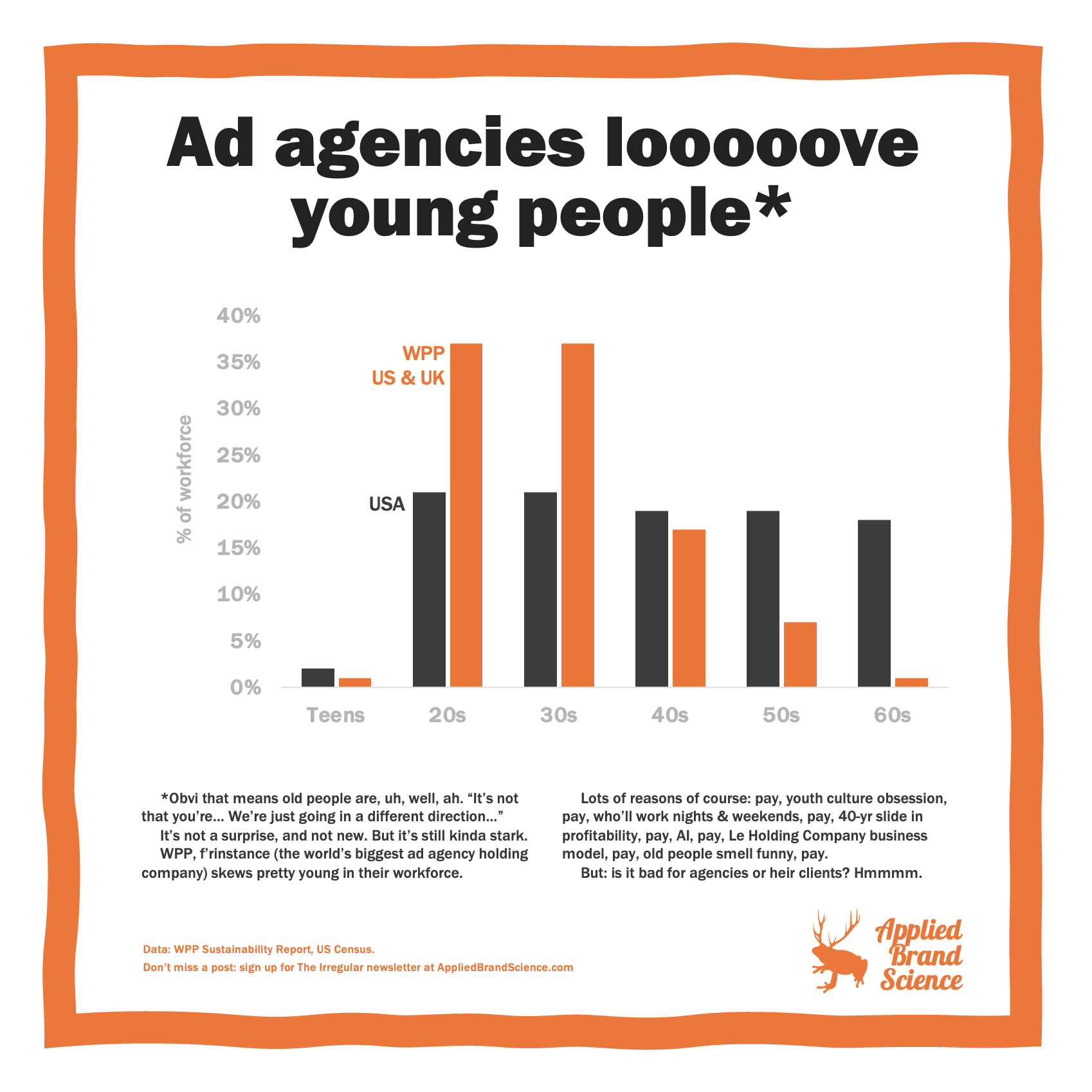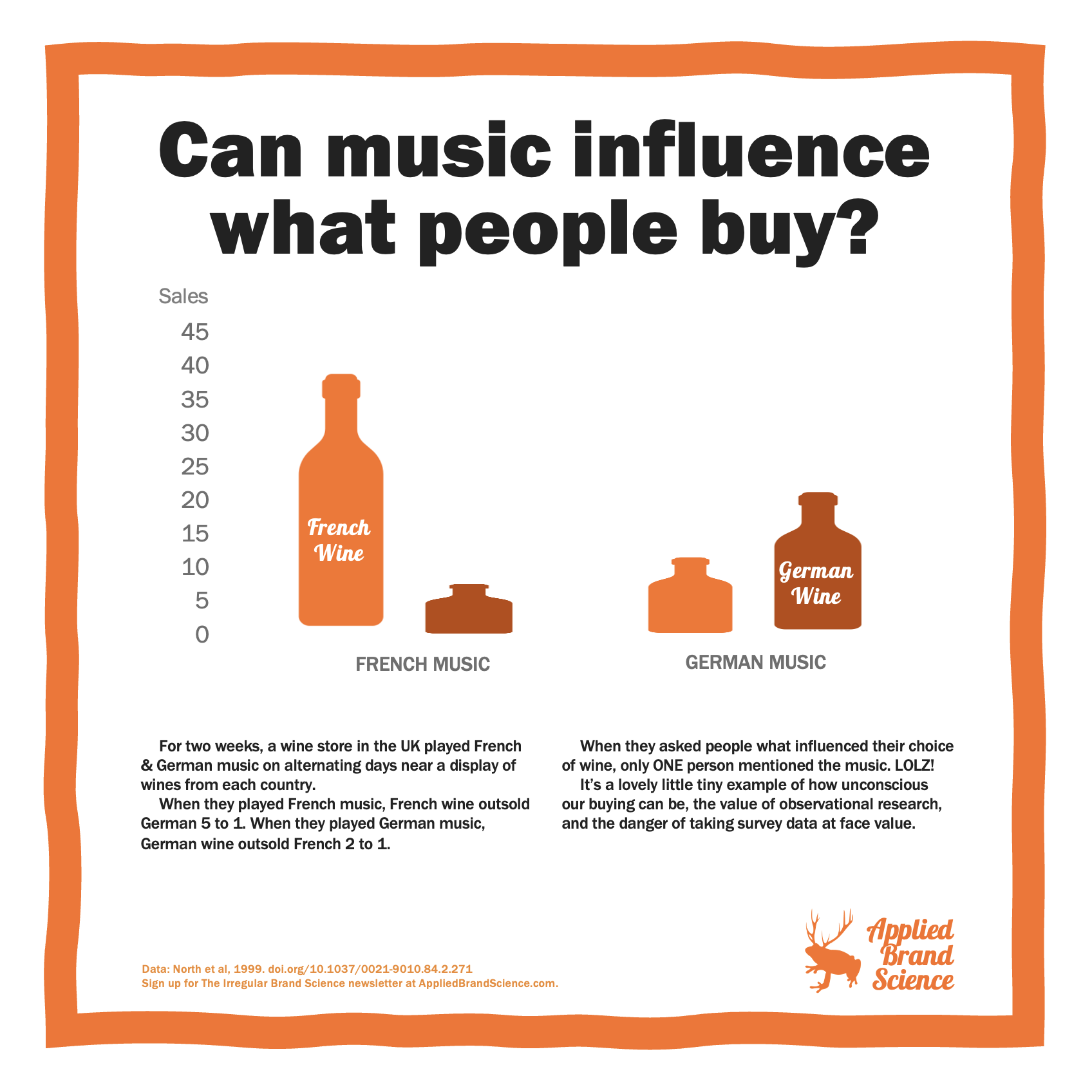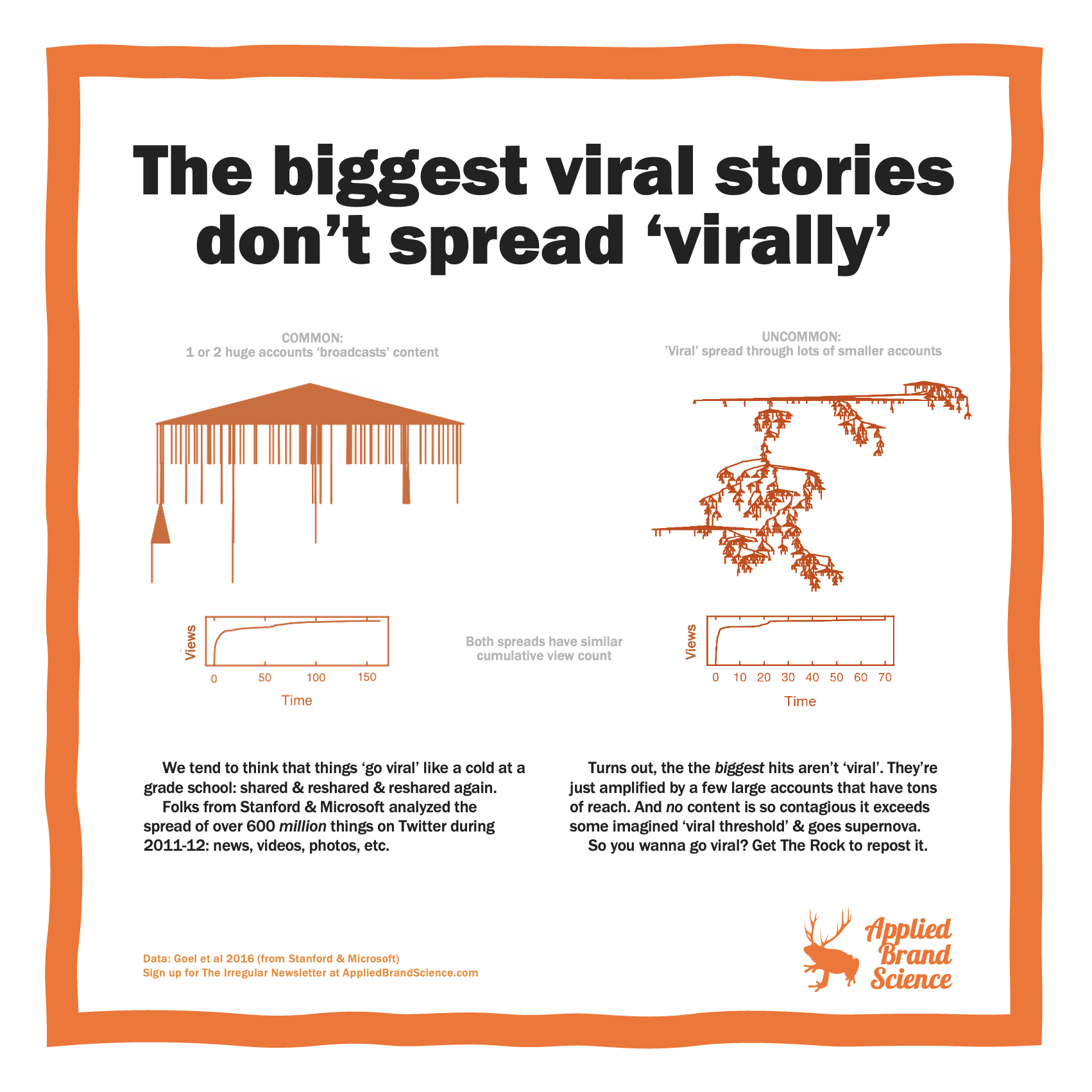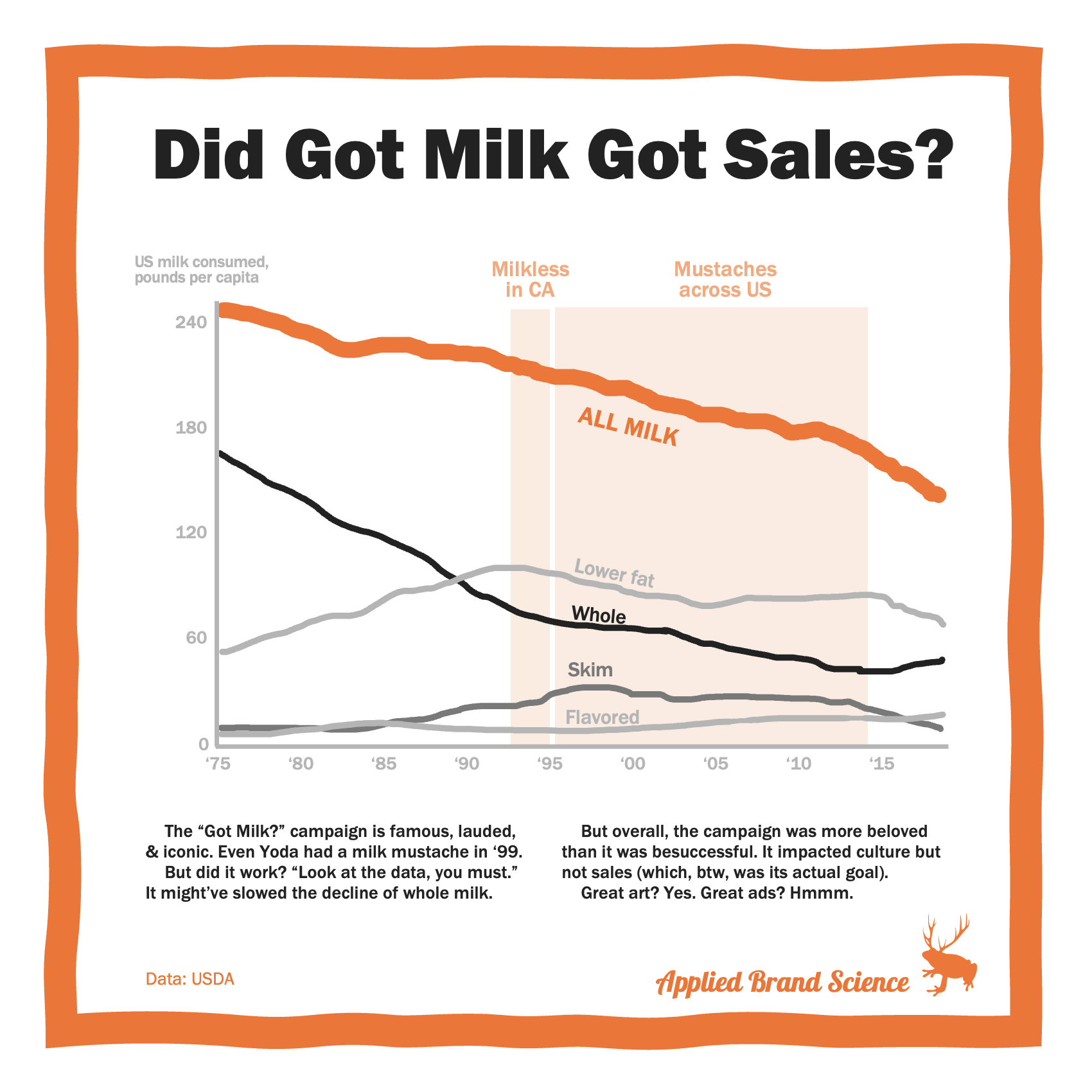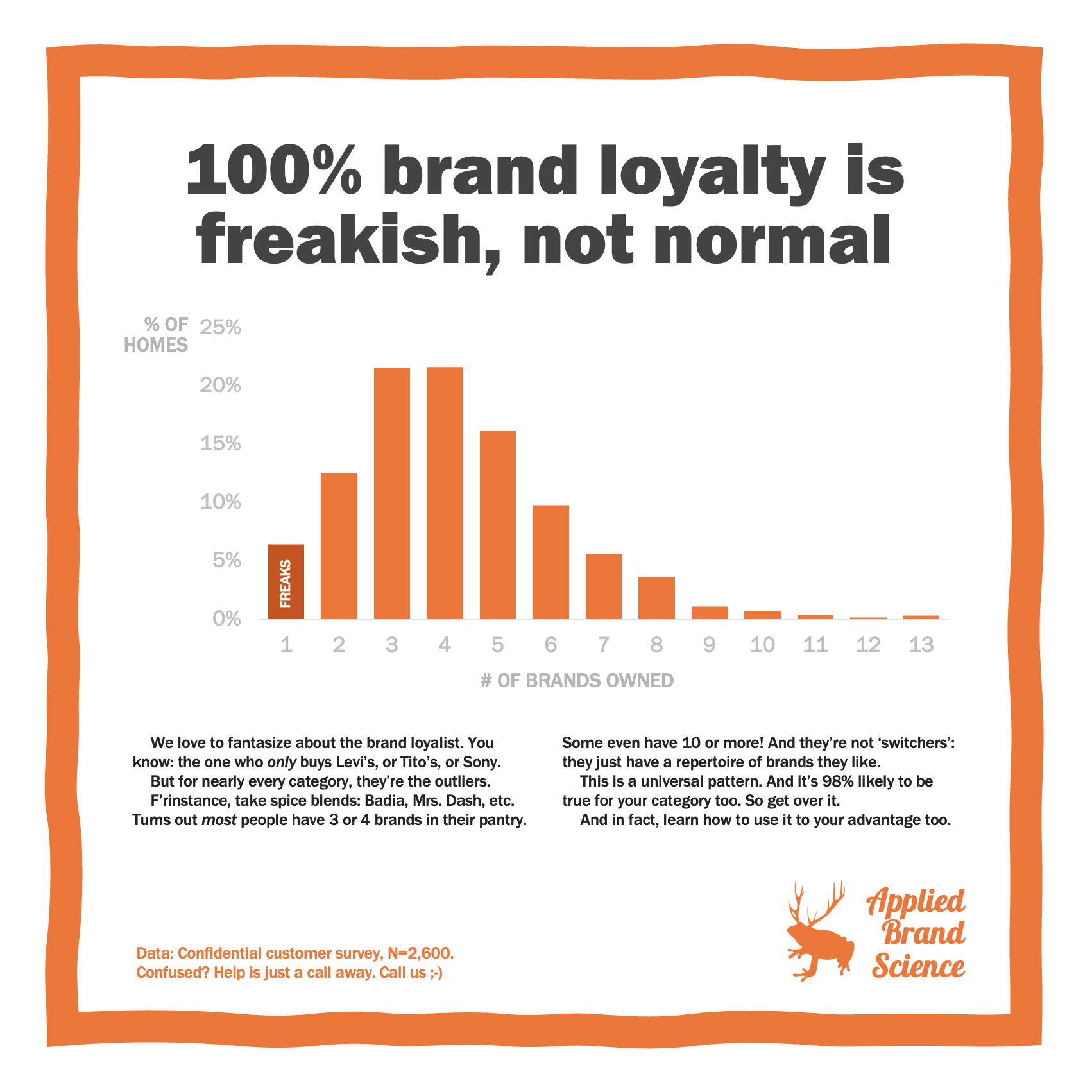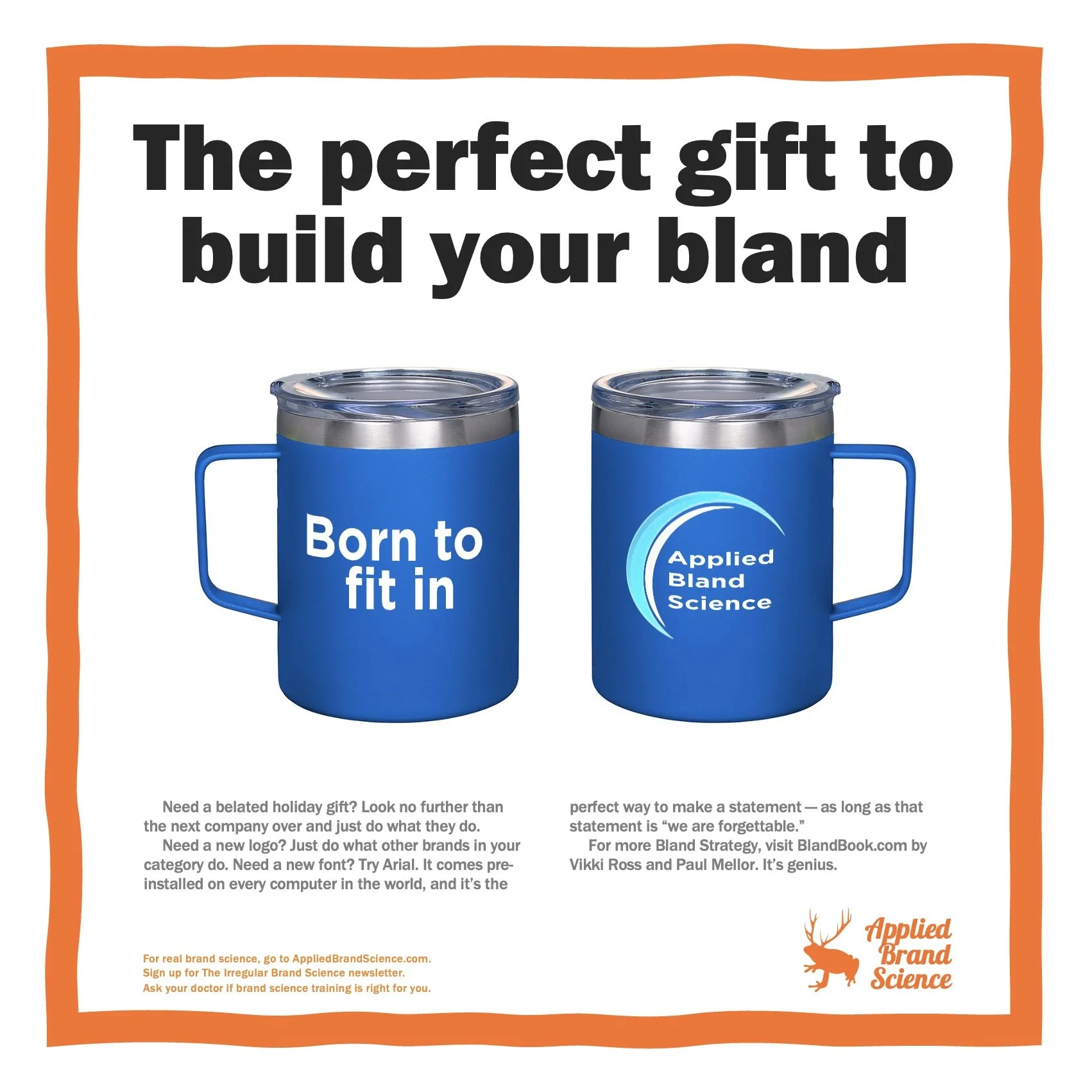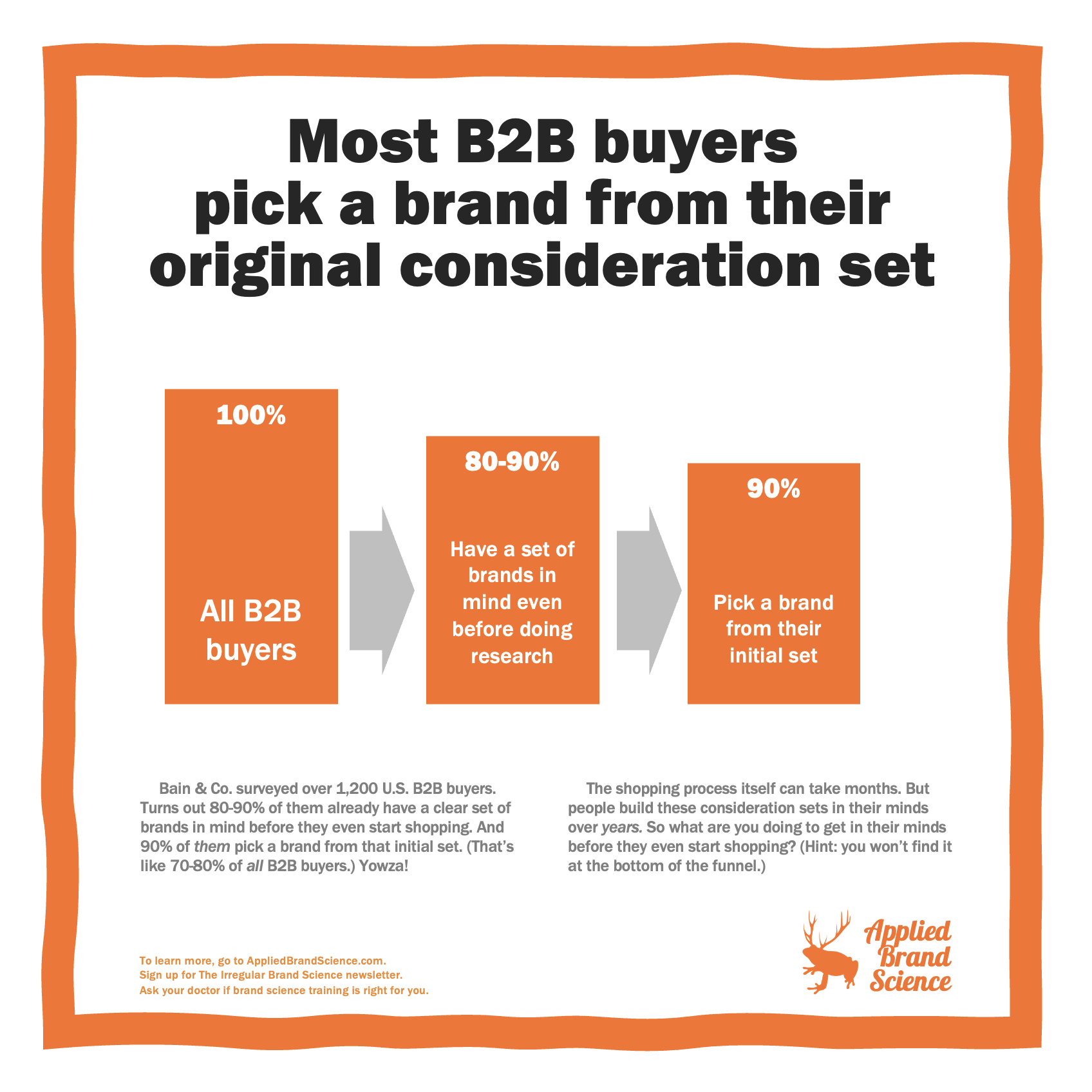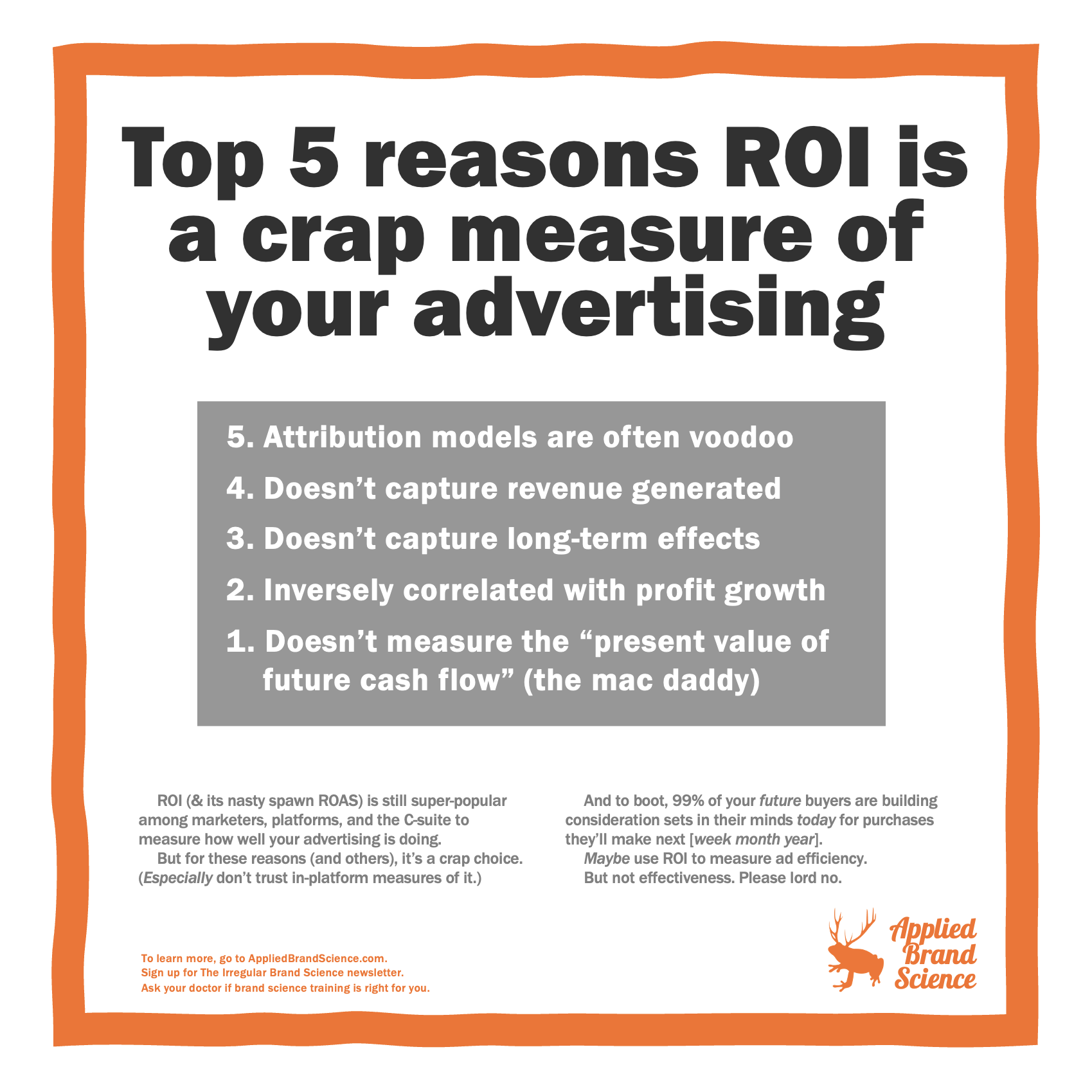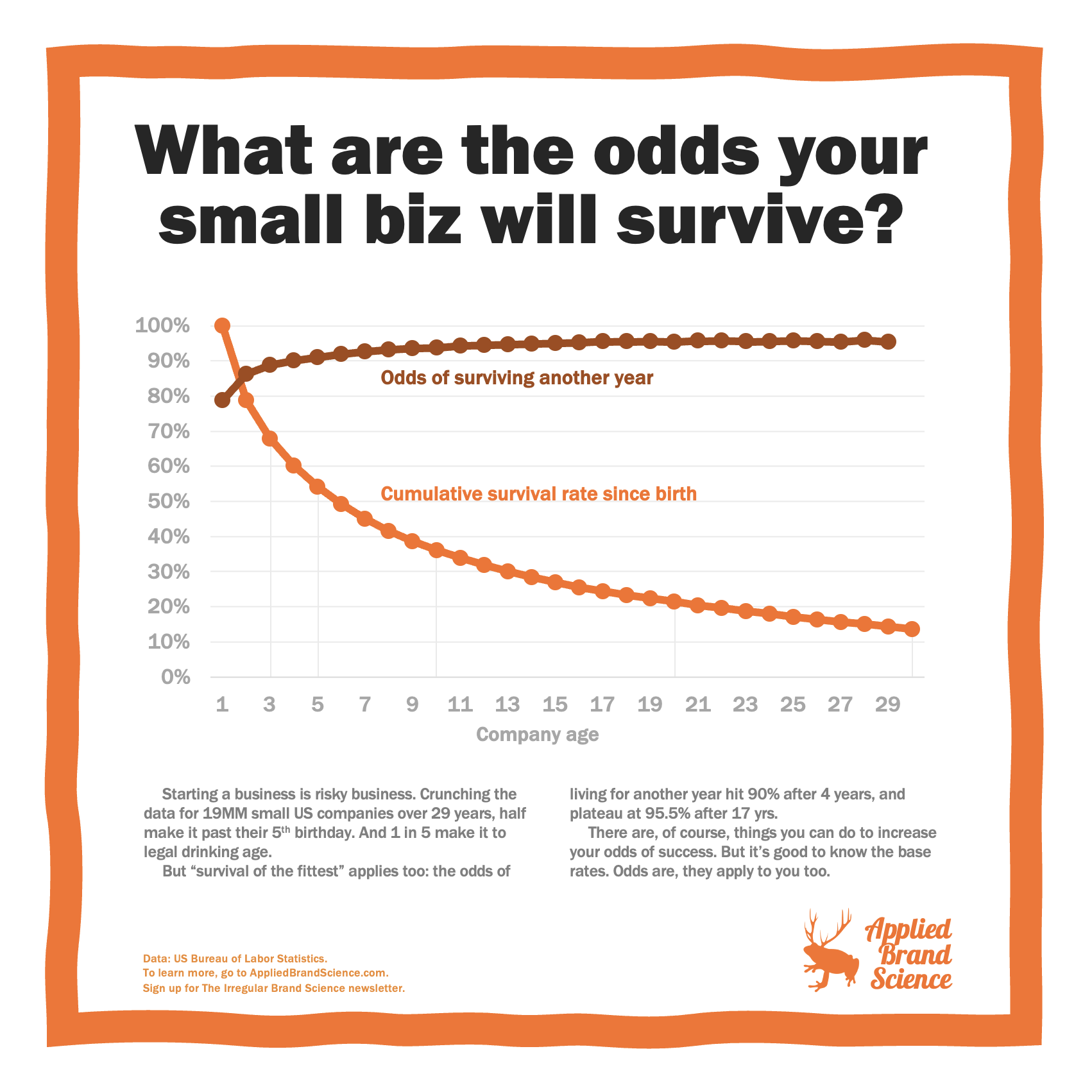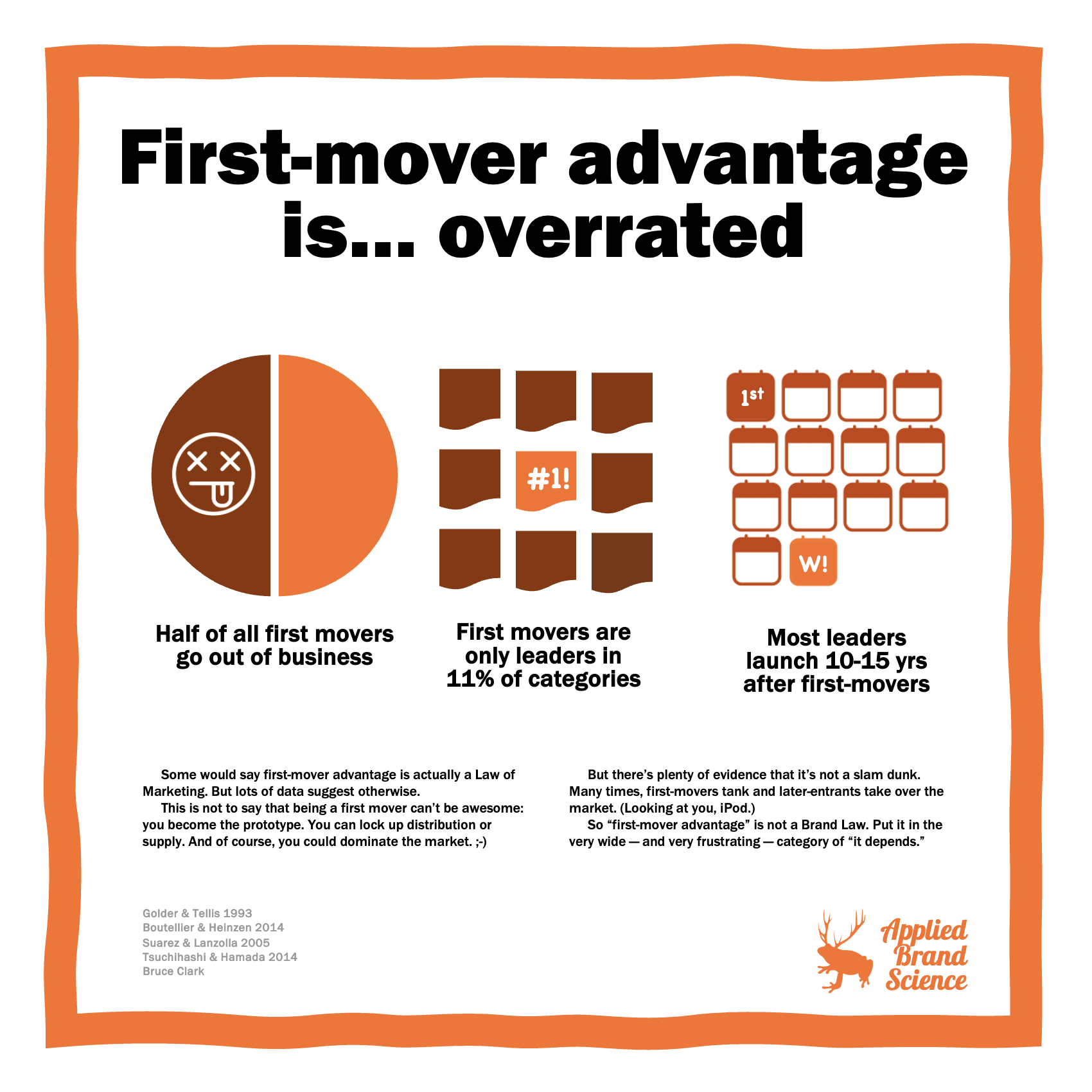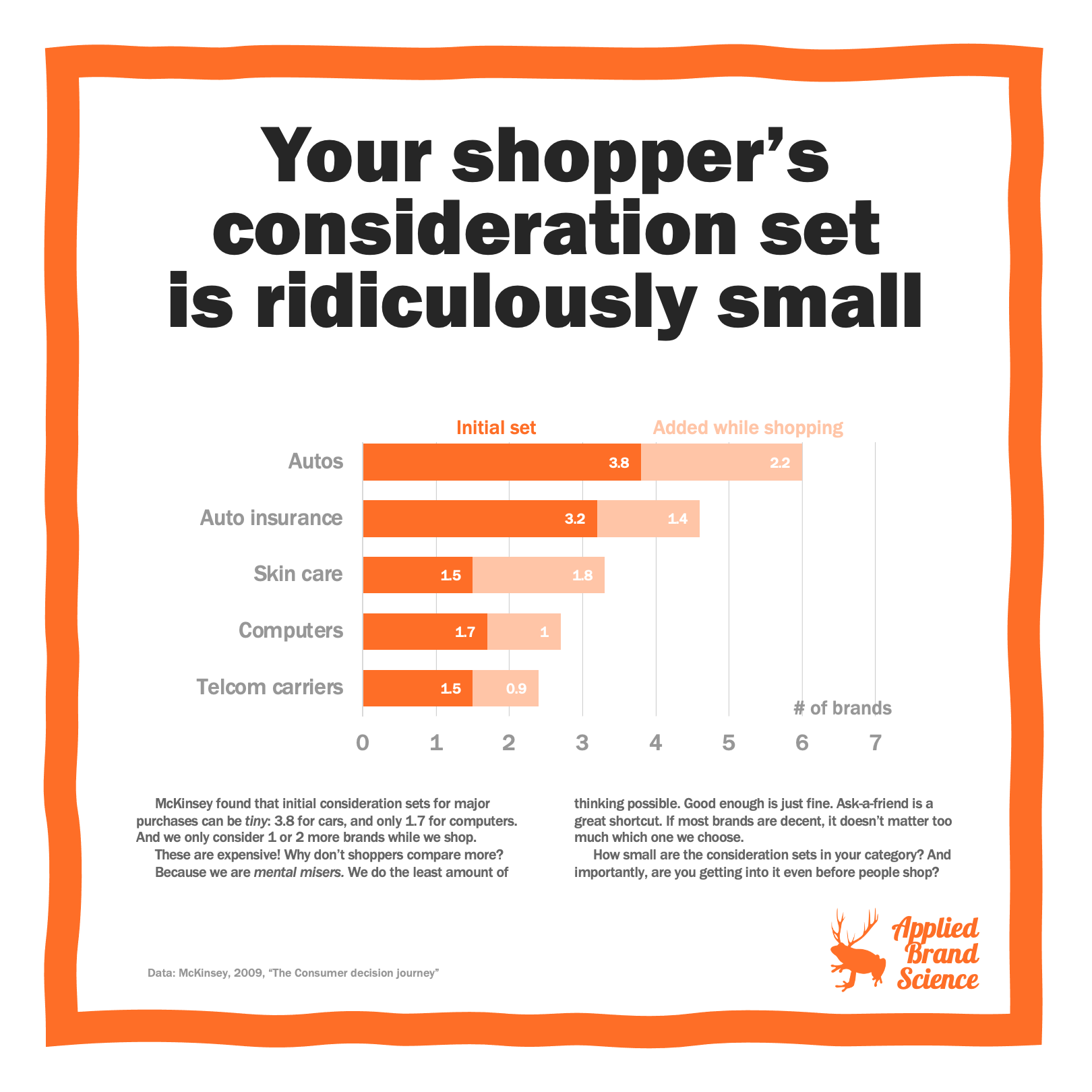
Your source for knowledge, reports, thought leadership, and other tomfoolery. No fluff. No folklore. Just sticky, science-backed brand truth.
The Most ABSurd Blog
Is churn normal in B2B industries?
We think B2B relationships last forever—but CustomerGauge data shows churn is way more normal than anyone admits.
Do Grocery Loyalty Programs Work?
Dr. Jorna Leenheer studied 1,900 Dutch households across 20 supermarkets—and seven loyalty programs later, the results might surprise you.
Are expensive spirits sold in heavier bottles?
You’d think pricier booze comes in heavier bottles—but across 800 spirits, the correlation between price and weight is basically zero.
Does click-through rate actually matter?
Nielsen analyzed 500 campaigns and found click-through rate predicts… nothing—not recall, awareness, intent, or even ROI.
Are there small brands with high “loyalty”?
Are there brands with few buyers but heavy loyalty? Kantar’s global data says nope—penetration and buy rate move in perfect lockstep.
Running radio ads? Fix your brand linkage!
System1 tested 131 radio ads—and even right after hearing them, 40% of people couldn’t name the brand.
Should you trust in-platform attribution models?
Does last-click attribution actually prove your ads drive sales? Probly not—it’s messy, biased, and confuses correlation with causation.
How Much Do Ad Agencies Love Young People?
Advertising loves to talk diversity—but when it comes to age, agencies still skew young. Really young.
Can music influence what people buy?
Can music really nudge what people buy? A UK wine shop experiment says oui—and ja.
How Do Things Actually“Go Viral?”
We think viral hits spread like a cold—but most blow up fast, fade faster, and barely get passed along at all.
Did “Got Milk?” Got Sales?
‘Got Milk?’ ran for decades, featured hundreds of celebs—even Yoda—but did it actually work? Look at the data, you must.
Is 100% brand loyalty normal or freakish?
We love the myth of the brand loyalist—but in most categories, those one-brand buyers are total unicorns.
What helps new brands grow the most?
Launching a new brand is hard—and a deep dive into the 4 P’s shows which ones actually drive growth.
Feature: How do you make your brand fit in for the holidays?
Need a logo? Copy your competitors. Need a font? Go with Arial—the universal signal for ‘we are forgettable.’
How Much Do B2B Buyers Really Shop Around?
Bain found that up to 90% of B2B buyers already know who they’ll pick before they start shopping—so if you’re not in the mix early, you’re out.
Should you use ROI to measure your advertising?
ROI—and its sidekick ROAS—still rule marketing dashboards because they’re easy, logical, and instantly boostable, if not always meaningful.
What are the odds your small business will survive?
Starting a business is risky—half die by year five, only one in five hits 21, but if you make it past four years, survival shoots to 90%.
Is first-mover advantage a law of brand science?
Is first-mover advantage real—or just marketing mythology dressed up as science?
Is it time to ditch generational labels?
Should we stop making sweeping claims about Gen Z and Boomers? Yep—most ‘generational differences’ are really just smooth, age-old trends.
How small is your shopper’s consideration set?
McKinsey found shoppers consider shockingly few brands—about four for cars and fewer than two for computers.

